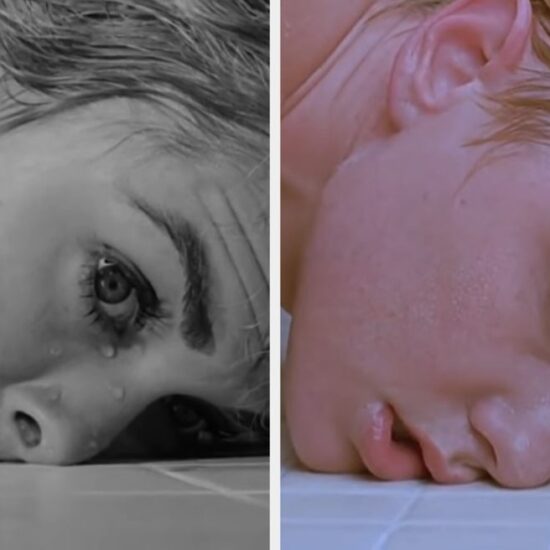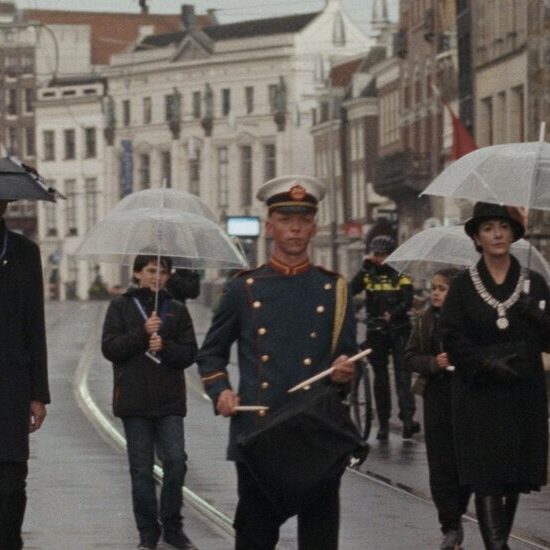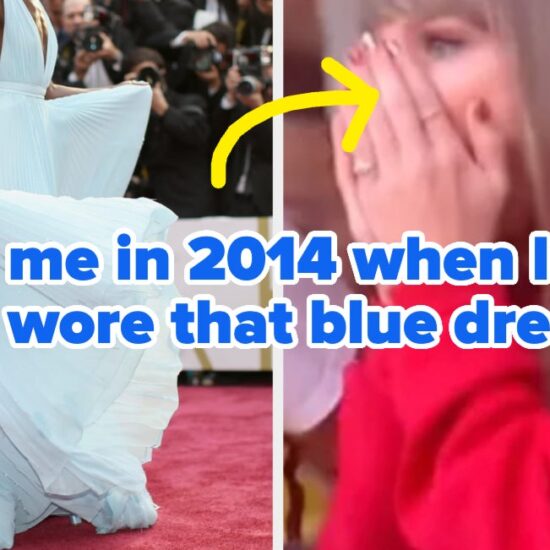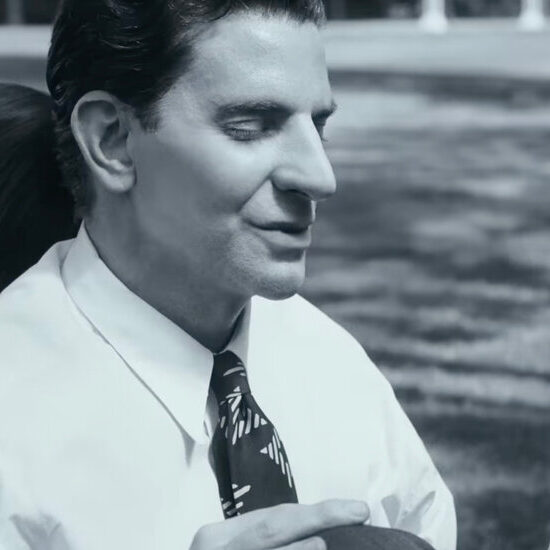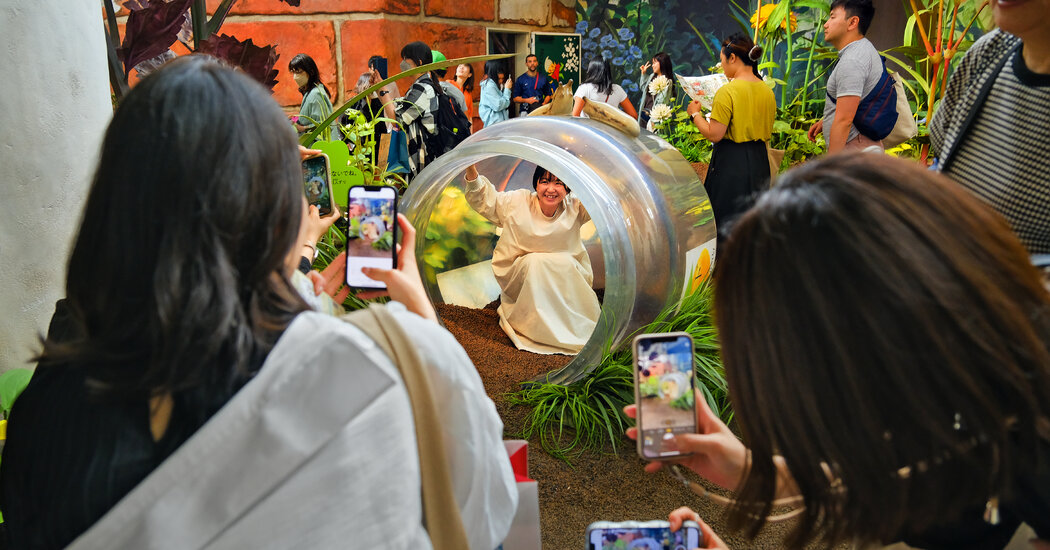
One of our first infractions at Ghibli Park was hoisting our 1-year-old onto the polyester tummy of a woodland spirit creature. Another was letting him slip under a barricade and shelter inside a furry bus with cat eyes for headlights.
“He’s not following the protocol,” I told my wife, as the staff overseeing the cat-bus play zone looked on anxiously.
“He’s making a mockery of it,” she said. But we didn’t stop him.
Ghibli Park, which opened in November outside Nagoya, Japan, pays homage to the eccentric, enchanting films of Studio Ghibli, a company co-founded in the 1980s by the director Hayao Miyazaki. We took our two toddlers there because their favorite movie is “My Neighbor Totoro,” a beloved 1988 Miyazaki film starring the spirit creature and its cat-bus sidekick.
As parents, we thought it would be fun for our boys, 3 and 1, to experience a “Totoro” immersion. And as longtime Ghibli fans, we were keen to see what the place looked like.
American visitors may wonder how Ghibli Park compares with Disney World. It doesn’t really. It feels much lower-key and has no rides, exotic animals, jumbo turkey legs or animatronic American presidents, among other things. The main point is to wander around soaking up Miyazaki vibes.
Also, the park is not finished. Grafted onto an existing municipal park, it opened late last year, but as of early July only three of five planned ticketed sites were open. When I booked for a June visit, tickets to only one of those sites — a building called “Ghibli’s Grand Warehouse” — were available to international visitors reserving through the park’s website. (It was possible to book the other two sites through Japanese travel agencies, but I only learned that much later, from a Japanese speaker.)
Susan Napier, a biographer of Mr. Miyazaki at Tufts University who visited Ghibli Park in April, told me that it had struck her as a “work in progress.” She also described the ticketing process, which has included lotteries and long online queues, as “byzantine and not fun.”
Maybe this is why Studio Ghibli itself seems ambivalent about promoting Ghibli Park. In Japan, it has run advertisements advising fans to “take your time” visiting.
A hypothetical theme park celebrating Nintendo or Pokemon, two other iconic Japanese creative brands, would almost certainly feel more Disney World-like, said Matt Alt, the author of the 2021 book “Pure Invention: How Japan’s Pop Culture Conquered the World.” But he added that the park’s diffuse layout and low-key marketing were in character for a studio co-founded by Mr. Miyazaki, a director who has never hidden his anticapitalist politics.
Ghibli Park is not a place to “turn your brain off,” Mr. Alt told me. “It demands a level of intellectual engagement that most parks do not.” When I booked our visit, in March, a bit of mental stimulation sounded nice. I imagined wandering the grounds in dappled sunlight, musing on Mr. Miyazaki’s cinematic oeuvre as our boys paused to collect acorns — just as the two sisters who star in “Totoro” do. (The boys, who are Anglo-American, love the acorn scenes so much that they learned the Japanese word for the nut, donguri, before the English one.)
In reality, we arrived just before our three-hour afternoon visiting slot at Ghibli’s Grand Warehouse, and our intellectual capacity was limited. Our parental nerves were fraying from the hourlong journey from Nagoya and the general struggle of moving tiny, diapered humans around an unfamiliar place.
Our morning in Nagoya had already been tarnished by a 4 a.m. wake up and some public displays of unchecked toddler emotion. On the grounds of the 17th century Nagoya Castle, for example, our 3-year-old, nicknamed T, burst into tears when he learned that the castle was closed for renovation.
To break his mood, we took the emergency measure of buying him and his brother, nicknamed B, ice cream cones as a second breakfast. That stopped the crying, but our mounting fatigue had raised the stakes for our visit to Ghibli Park. Would the trip to meet our favorite magical creatures make all the time, money and energy that it entailed worthwhile?
Ghibli Park may see a bump in domestic tourism this summer because Mr. Miyazaki released a new film in Japan this month. But, for my family, making a pilgrimage there was all about seeing Totoro and the cat bus.
“Totoro” follows the two sisters, Mei, 4, and Satsuki, 10, as they settle into a spooky house in the Japanese countryside with their father, an archaeologist. Their mother is stuck in a nearby sanitarium, suffering from an undisclosed illness.
After Mei meets Totoro by stumbling into its lair inside a giant camphor tree (and falls asleep on its tummy), she and her sister encounter the creature a few more times and learn more about its magical powers. Eventually, as their mother’s condition appears to worsen, they call in some very important favors from Totoro and the wild-eyed cat bus.
Professor Napier told me that “Totoro” illustrates an aesthetic that runs through the Ghibli catalog, and which tends to be more ambiguous and subtle than Disney’s. She described it as “the immersive, low-key magic of being a human being connected with other things.”
“It’s a world that you like,” Professor Napier, who is writing a book comparing Ghibli with Disney, said of Mr. Miyazaki’s animated universe. “But it’s also full of the unexpected and complex, and sometimes scary.”
Totoro and the cat bus can indeed be a little frightening, especially when they flash their teeth. But the movie is much sweeter than it is scary. It’s set in “a time before television,” as Mr. Miyazaki once told an interviewer, and infused with sublime, hand-drawn pastoral imagery — pastel sunsets, a snail crawling up a plant stalk — that makes you want to be a kid growing up in rural idyll.
The film also celebrates a child’s sense of wonder. Mr. Miyazaki created “Totoro” with kids in mind — he said he hoped it would make them want to pick acorns — and many critics have seen it as an ode to childhood innocence. It’s no accident that Totoro and the cat bus are visible only to the sisters, not adults.
Maybe this is why I still cry every time I watch the final credits roll: “Totoro” reminds me that my boys will never be this young or innocent again.
In our Seoul apartment, they play with Totoro and cat-bus dolls, sleep in Totoro pajamas and sit on a Totoro potty. Their fandom is so intense that my mother-in-law bought us tickets to a “Totoro” stage adaptation at the Barbican Theater during our last trip to London.
In Nagoya, before we left for Ghibli Park, B demonstrated his enthusiasm by bringing a plastic cat bus to the hotel buffet — and feeding it a breakfast of whipped cream. He also showed the toy to a man in a ninja costume who posed for a selfie with us outside the castle.
The ninja cracked a knowing smile, indicating that he, too, was a “Totoro” fan. “Cat bus,” he said in Japanese, as if the phrase were a code word.
Ghibli Park lies in Nagakute, a small city in the hills outside Nagoya, a few stops down a highway from an Ikea. There’s no Ghibli entrance gate, exactly; you just wander into an unremarkable municipal park and look around for the Ghibli sites for which you have reserved tickets months in advance.
The Grand Warehouse is a sleek, multistory building the size of a modest mall or sports arena, with plenty of sunshine streaming in through skylights. It sits near a grassy lawn, an ice rink and some future Ghibli sites that are under construction.
Inside, there are replicas of structures from the films, including the towering bathhouse from the Oscar-winning 2001 film “Spirited Away,” and dozens of made-for-Instagram tableaux of Ghibli scenes and props.
The attention to detail is striking. In an area devoted to the Ghibli film “Arietty,” I saw a giant drop of plastic dew affixed to a giant fake flower, for example. Nearby was an intricately detailed replica of the castle from “Howl’s Moving Castle,” my older son’s favorite Miyazaki film after “Totoro.”
“The castle, daddy!” Three-year-old T said with delight. At last, a Japanese castle that didn’t make him cry.
The problem was that most of the tableaux were mobbed with Ghibli fans — and lines that we didn’t have time to stand in with restless toddlers. The building’s only restaurant was similarly oversubscribed. We eventually found a kiosk advertising cake, but the staff said that the cake had run out.
After about an hour of canvassing the warehouse, we headed for “Children’s Town,” a play area devoted to scenes from “Totoro” and other Ghibli films.
Children’s Town has three rooms. The first is a labyrinth combining scenes from more Ghibli films than I could count: The orange train from “Laputa: Castle in the Sky,” the bakery from “Kiki’s Delivery Service” and so on. The boys loved it, even if daddy thwacked his head following them through a crawl space.
The other rooms were devoted to “Totoro” and had mercifully higher ceilings. There was the house where Mei and Satsuki live with their dad. Over there was the camphor tree, where a giant Totoro lay regally beside some oversize donguri. And in the far corner sat the majestic, furry cat bus.
It all looked fun, kid-friendly and immersive — almost, in fact, like something you’d find at Disney World. The boys were in heaven.
“Toe-toe-row! Toe-toe-row!” B said, standing inside the tree, with the same intonation as the movie’s rousing, marching-band-style theme song.
“Hey, Totoro!” said T, who had been carefully inspecting the giant acorns. “Wake up!”
But even though Children’s Town seemed designed to nurture the child’s sense of wonder that Mr. Miyazaki celebrates in his movies, the warehouse staff informed us of several rules that dampened the vibe. Notably, it was forbidden to put children on Totoro’s plush tummy, or to allow them to play inside the cat bus zone for longer than three minutes — even if the zone was not crowded, which it wasn’t.
The staff members were friendly, but their rules made little sense for kids as small as ours. I wondered if that was another sign that Ghibli Park was still a bit rough around the edges. Take your time visiting, as the studio says.
We grudgingly agreed to the no-tummy policy, but B wished to play nowhere else but inside the cat bus. We were with him. We had spent several months — a good chunk of his life! — waiting for this moment.
The staff, sensing our resolve, suggested a compromise. A special time extension could be granted under the circumstances, they said. Rather than the usual three minutes, our B could have six.
Make that nine. Then 12. Et cetera. At 5 p.m., he was among last, and smallest, Ghibli fans to leave the building.
Follow New York Times Travel on Instagram and sign up for our weekly Travel Dispatch newsletter to get expert tips on traveling smarter and inspiration for your next vacation. Dreaming up a future getaway or just armchair traveling? Check out our 52 Places to Go in 2023.








